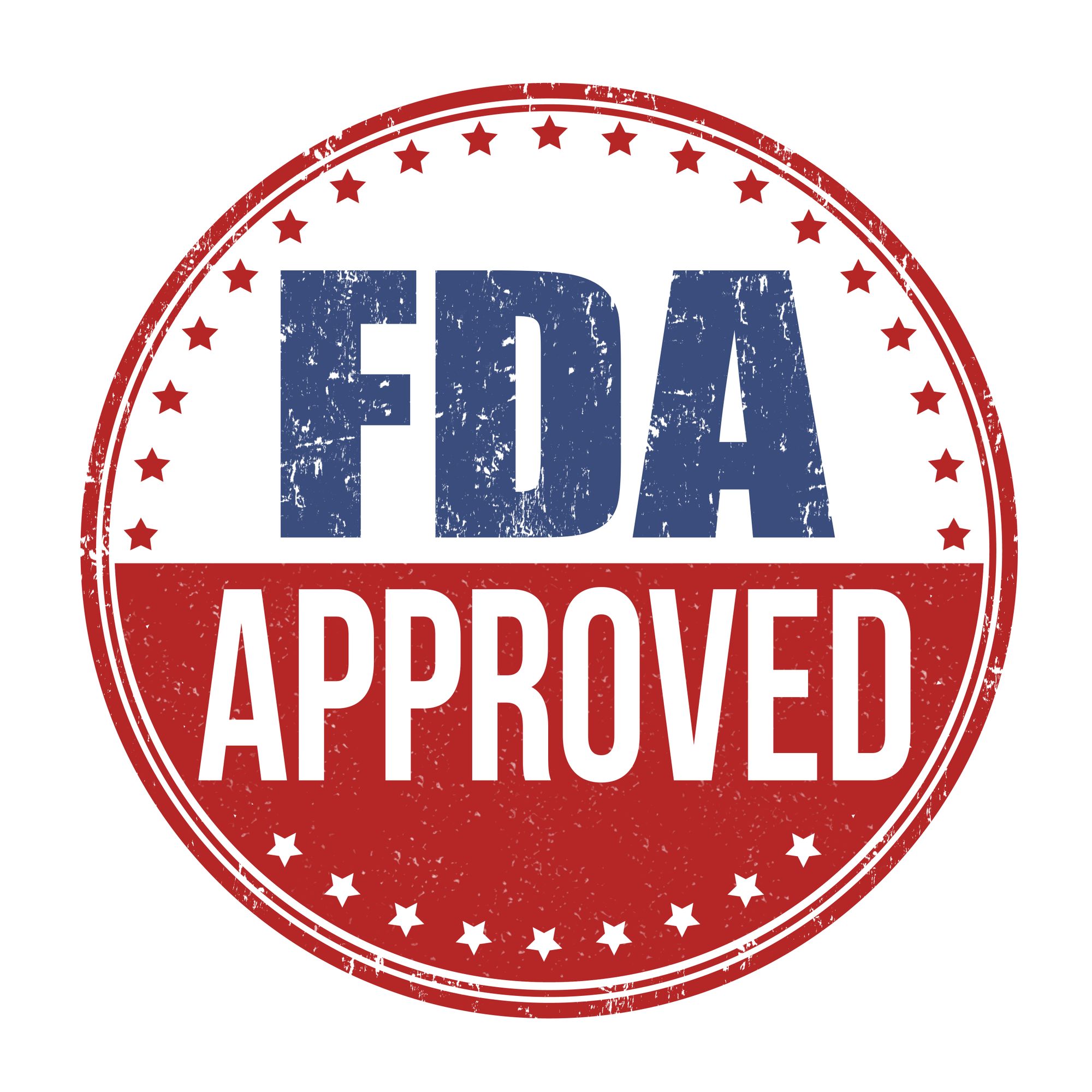Article
Study: Signs May Indicate Opioid Misuse or Overdose Potential
Author(s):
Prescription drug misuse is an epidemic affecting many American's lives. Opioids, high-strength painkillers, have especially been the focus of those in the medical community.
Prescription drug misuse is an epidemic affecting many American’s lives. Opioids, high-strength painkillers, have especially been the focus of those in the medical community. In fact, The New York Times reported that “opioids represent the most widely prescribed class of medications in the United States. And over the last decade, the number of prescriptions for the strongest opioids has increased nearly fourfold, with only limited evidence of their long-term effectiveness or risks, federal data shows.”
To reduce patients’ risks for misuse or overdose, a new study from The American Journal of Managed Care suggests that there are indicators professionals can look for. The AJMC press release reports:
Nearly one-fourth of 3.5 million opioid users had a least one indicator that suggested potential misuse by patients, or inappropriate prescription practices by providers, according to a study just published in The American Journal of Managed Care (AJMC). Furthermore, among those patients who were prescribed opioids, twice as many received prescriptions for acute pain as for chronic pain, and about 15% had high daily doses. Women were more likely than men to indicate an overlap of opioid prescription use with other drugs, like benzodiazepine, which is used to treat anxiety.
Misuse and overdose of opioid prescriptions is a major public health issue in the United States. In 2010, nearly 40,000 Americans died from a drug overdose, and another 1.2 million landed in the emergency room due to prescription drug abuse. In 2009, opioid analgesics, either alone or in combination with other drugs, accounted for nearly half of the drug overdose deaths in the US and almost 75% of prescription drug-related emergency room visits.
Indicators for increased risk of misuse among the study population included having more than one opioid prescription, overlapping or early refill prescriptions, dose escalation, and having several days’ worth supply of opioids. Study authors, Ying Liu, PhD, Joseph E. Logan, PhD, Leonard J. Paulozzi, MD, MPH, Kun Zhang, MS, and Christopher M. Jones, PharmD, say that the New York City Department of Health, for example, recommends no more than a 7-day supply of opioids for acute pain.
“However, in this study 22.8% of opioid prescriptions for acute pain were for 10 or more days, and 9.5% were for 30 or more days,” the study authors wrote in AJMC. “The American College of Occupational and Environmental Medicine practice guidelines only recommend opioids on a limited basis for treatment of severe, acute low back pain, with treatment to last no more than 2 weeks. In this study, 42.3% of opioid prescriptions for back pain were for 30 days or more, clearly much more than recommended.”
The full release can be read here.
Around the Web
Tightening the Lid on Pain Prescriptions [NY Times]
Potential Misuse and Inappropriate Prescription Practices Involving Opioid Analgesics [AJMC]
AJMC: Recognizing Certain Indicators Can Prevent Opioid Misuse and Overdose - See more at: http://www.ajmc.com/newsroom/AJMC-Recognizing-Certain-Indicators-Can-Prevent-Opioid-Misuse-and-Overdose-#sthash.fxkmJ1cn.dpuf
AJMC: Recognizing Certain Indicators Can Prevent Opioid Misuse and Overdose [AJMC]
Potential Misuse and Inappropriate Prescription Practices Involving Opioid Analgesics - See more at: http://www.ajmc.com/publications/issue/2013/2013-1-vol19-n8/Potential-Misuse-and-Inappropriate-Prescription-Practices-Involving-Opioid-Analgesics#sthash.qe7zQPrt.dpuf





